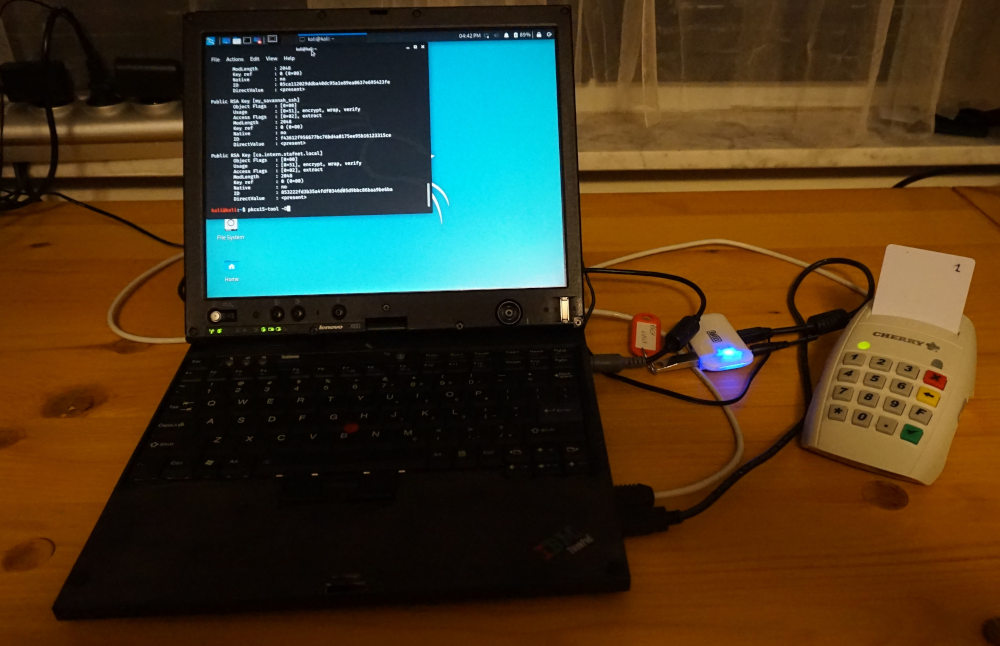Keep zfs running on the Raspberry PI
I got a Raspberry PI 4 to play with and installed Manjaro GNU/Linux on it.
I use OpenZFS on my PI. The latest kernel update broke zfs on my PI due to a License conflict, the solution is to disable PREEMPT in the kernel config. This BUG was already resolved with OpenZFS with the main Linux kernel tree at least on X86_64/AMD64, not sure why the kernel on the raspberry pi is still affected.
I was looking for an excuse to build a custom kernel for my Pi anyway :-). I cloned the default manjaro RPI4 kernel and disabled PREEMPT in the kernel config.
The package is available at: https://gitlab.com/stafwag/manjaro-linux-rpi4-nopreempt. This package also doesn’t update /boot/config.txt and /boot/cmdline.txt to not overwrite custom settings.
Have fun!
Read more...



